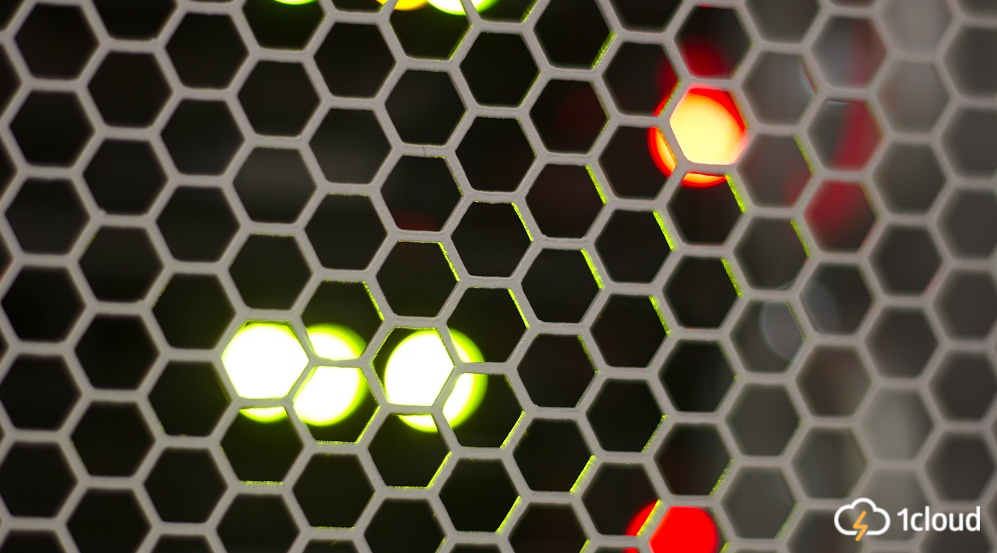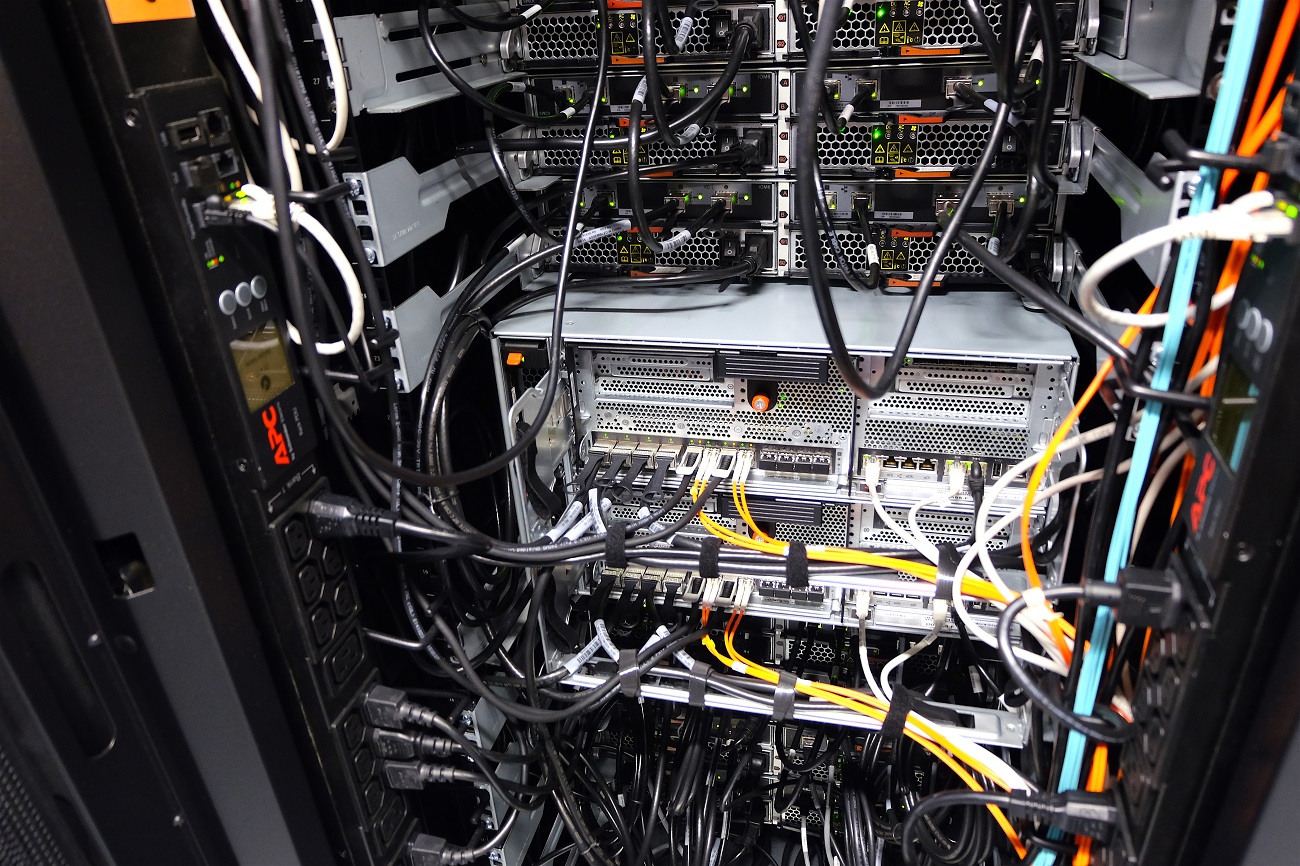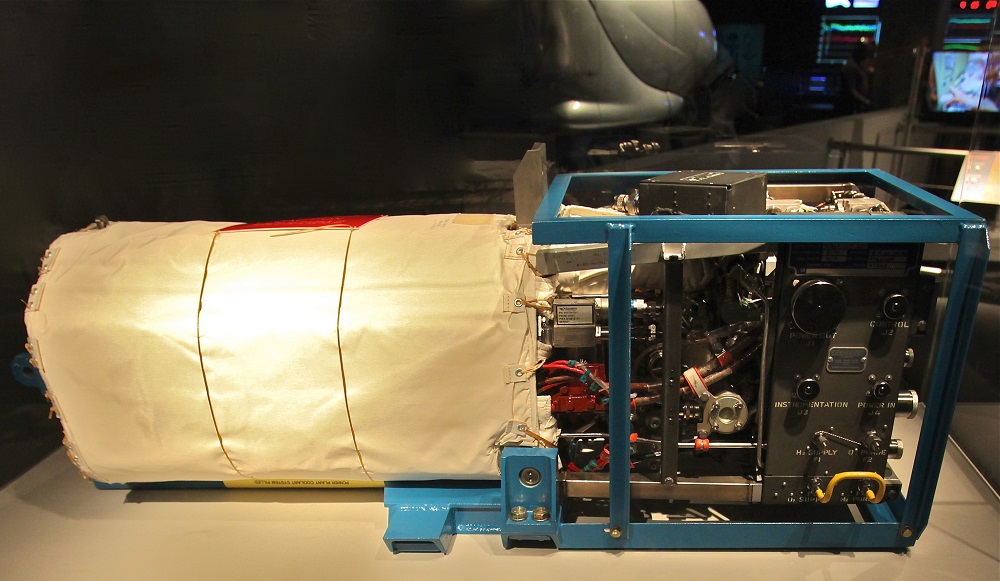Reading for the weekend: materials about working with PD, reviews of iron in the data center and the “kitchen” of an IaaS provider
Today we have collected 17 articles on the security of personal data (PD), new technologies in data centers and the "inner kitchen" 1cloud . From these materials, you will learn why a data center has a GPS firewall, how to work with PDs in a public cloud, and how to cool servers with hot water.

/ Flickr / Dennis van Zuijlekom / CC BY-SA

/ Our NetApp FAS8040 storage system with DS2246 expansion shelves (rear view)

/ Flickr / steve jurvetson / cc by

/ Flickr / Dennis van Zuijlekom / CC BY-SA
How to process personal data
- What is the essence of the law on personal data . We talk about the content of the law 152-FZ, which regulates the storage and processing of personal data in the territory of the Russian Federation. Inside - about what is meant by “personal data” and new bureaucratic obstacles regarding their processing. The block diagram given in the article will help determine what actions need to be taken to process user data in accordance with the law.
- Means of personal data protection . In this material we will talk about the documents that complement and clarify 152-FZ - government regulations and orders of federal services. You will learn about the levels of personal data protection and the security measures prescribed for each of them. A table based on these documents will help determine which standard your company needs to meet. Also in the material - a list of regulations and GOSTs, which mention personal data and information security.
- Data security in a public cloud . Consider the legal aspects of storing user data in a public cloud. You will learn about licenses and certificates that guarantee the security of cloud providers. We will also talk about protecting the components of the cloud infrastructure for which the companies themselves are responsible.
- Study: half the companies patch vulnerability for a month - why? According to a Kollective survey, 45% of large companies update vulnerable software only a month after the release of the required patch. Another 27% of respondents admitted that this process takes several months in their businesses. A slow update can be costly for companies and their customers. An example is the Equifax data leak, which has affected more than 140 million people. We understand why organizations are not in a hurry to close vulnerabilities and how to increase the efficiency of installing patches.
- The world's first law on the protection of IoT-gadgets - what is its essence . In California, the first law was passed, obliging manufacturers of IoT devices to guarantee the information security of their products. We talk about the content of the act, about its supporters and critics, as well as about similar bills in the United States and other countries.
- What you need to know about security in a hybrid cloud system . Many people mistakenly believe that the responsibility for data stored in a public cloud rests entirely with the providers. The CEO of security firms Varonis explains why this is not the case, and what practices will help secure your cloud infrastructure.
About the work of IaaS-provider 1cloud
- A large photo tour of the Moscow cloud 1cloud . Excursion to the company's flagship data center. DataSpace is the first data center in Russia with a third-level certificate from the Uptime Institute. This means high fault tolerance and close to 100 percent uptime. You will learn about security, power, and cooling systems in the DataSpace, as well as see the hardware on which our customers' data is stored.

/ Our NetApp FAS8040 storage system with DS2246 expansion shelves (rear view)
- How IaaS helps the 1C franchisee: 1cloud experience . It is becoming increasingly difficult for conscientious 1C-service providers to distinguish themselves from one-day competitors. For many of these firms, IaaS solutions are key to continuous development. We spoke with Unitek24 CEO Sergei Danishevsky to understand how cloud technologies help his business develop new products and guarantee data security.
- DevOps in the cloud service on the example of 1cloud.ru . In this article we will look at the process of continuous integration in the 1cloud ecosystem: from the development of a new version of the product to its deployment. Inside - analysis of the tasks of each stage and associated DevOps tools. Also we will talk about what tasks you should not automate.
- Briefly about the types of software architectures, and which of them we have chosen for the IaaS provider . Analysis of the advantages and disadvantages of multi-level, event-oriented, micronuclear and microservice architectures. Let us tell you why it was decided to transfer 1cloud to the microservice architecture, what we needed to perform this task, and what it will give to customers.
- Evolution of cloud architecture 1cloud . The material in which we analyze in more detail the new modular architecture of 1cloud. Let's talk about the principles of the separation of monolithic systems into modules, those modules on which we specifically stopped and their structure.
Iron in data centers
- Why data centers are moving to fuel cells . In the 90s, on the request of NASA, work began on a renewable, efficient and environmentally friendly source of energy for use on Mars. Twenty years later, such devices are used to generate electricity in data centers. The article describes the principles of operation of fuel cells, their advantages and disadvantages, as well as examples of companies that already use these technologies in their data center.

/ Flickr / steve jurvetson / cc by
- GPS firewall for the data center - why it is needed and how it works . Uninterrupted communication with GPS satellites is important for ensuring stable operation of data centers. By replacing the GPS signal, attackers can suspend the data center or hack into its system. To protect against such attacks and was developed GPS-firewall. In the article we will tell you what principles it is built for and what alternatives exist.
- What is interesting about the new UCS C480 ML M5 server for machine learning from Cisco . Material about the new server from Cisco, which is designed specifically to work with neural networks. Graphic capabilities of the product will make it an ideal choice for parallel computing, and the software supplied in the kit will help protect any data center. We talk about the "stuffing" and potential applications of this unusual server.
- How Google creates "smart" data center . Four years ago, smart assistants appeared in Google data centers - neural networks giving advice on the management of cooling and power supply systems. After a long training, the technology has become completely autonomous and is now able to manage the data center without human intervention. Let us tell you what results have been achieved in Google, how the system makes decisions, and what tasks the data center staff can do better than algorithms.
- How wave energy will power the underwater data centers . In pursuit of more efficient cooling, a number of companies - including Microsoft - are planning to place data centers under water. However, the ocean can become not only a medium for heat removal, but also a source of electricity. This material focuses on existing developments in wave energy and its potential environmental benefits.
- Cooling with hot water - why it is needed . An article about the cooling system with hot water, which is used in supercomputers. This counterintuitive technology removes heat from the chips directly through the microchannels on the surface of the devices. The temperature of the water during flow is 60 ° C. In the material read about the effectiveness of this approach and the prospects of such decisions in the data center market.
